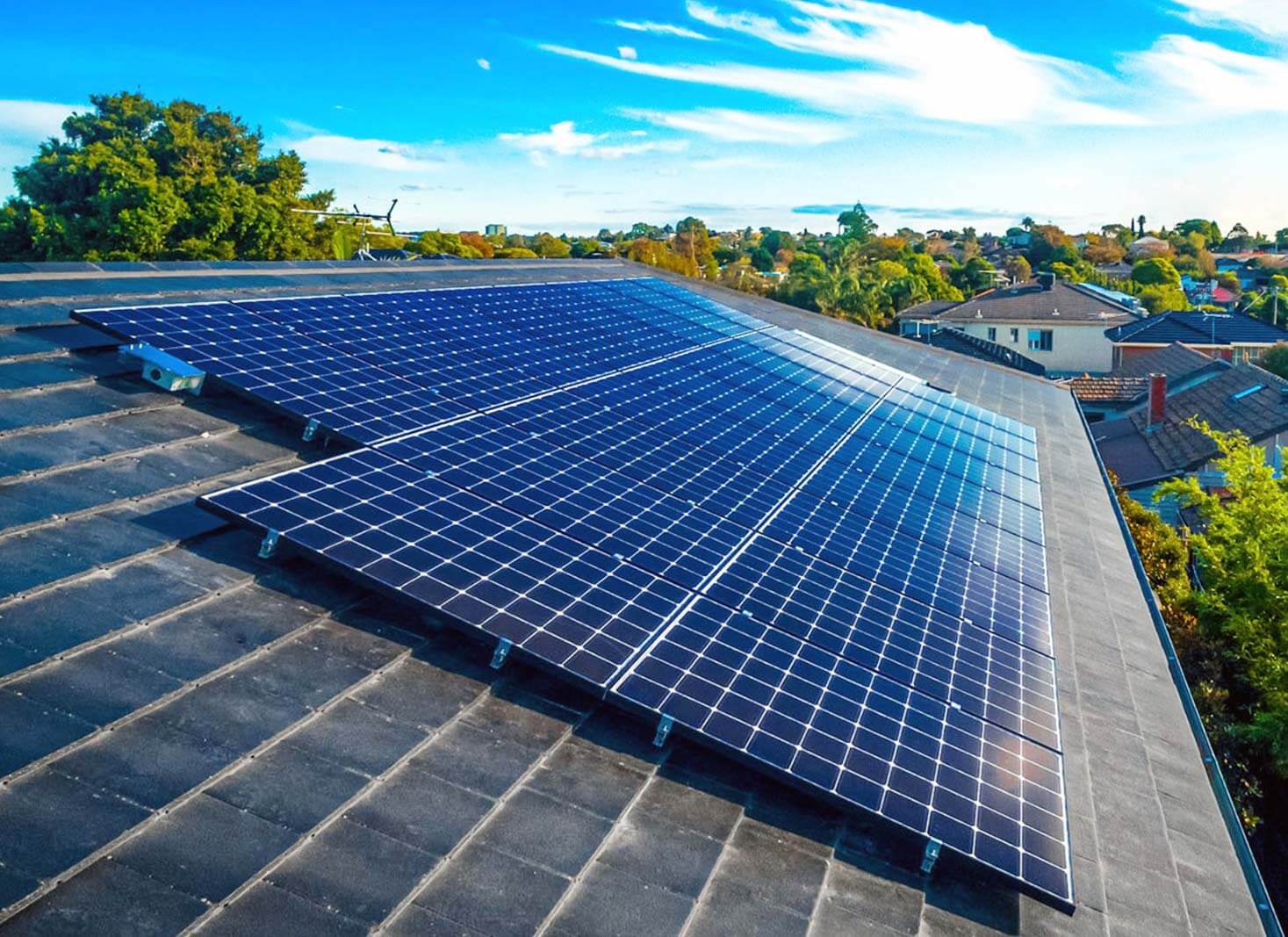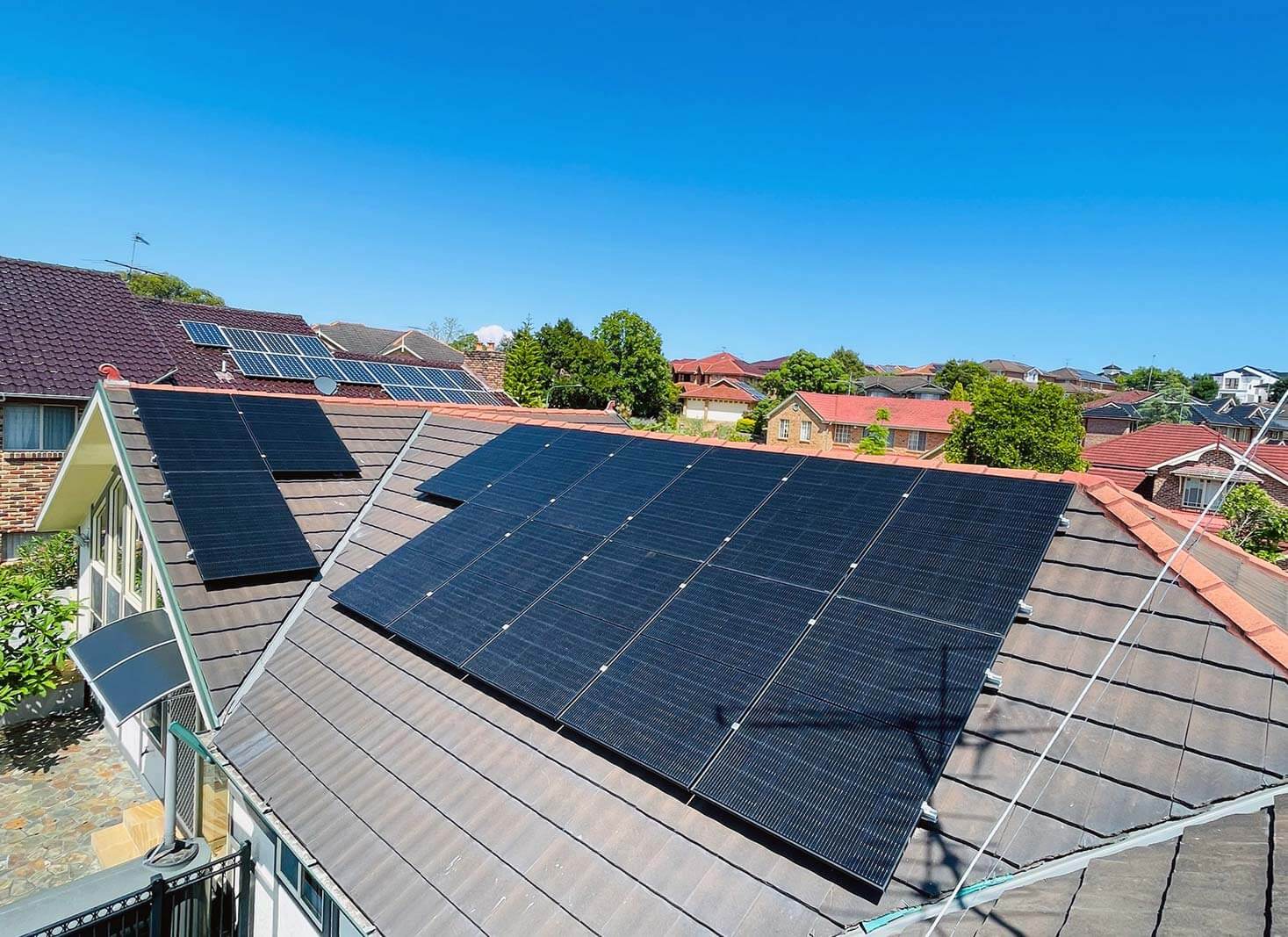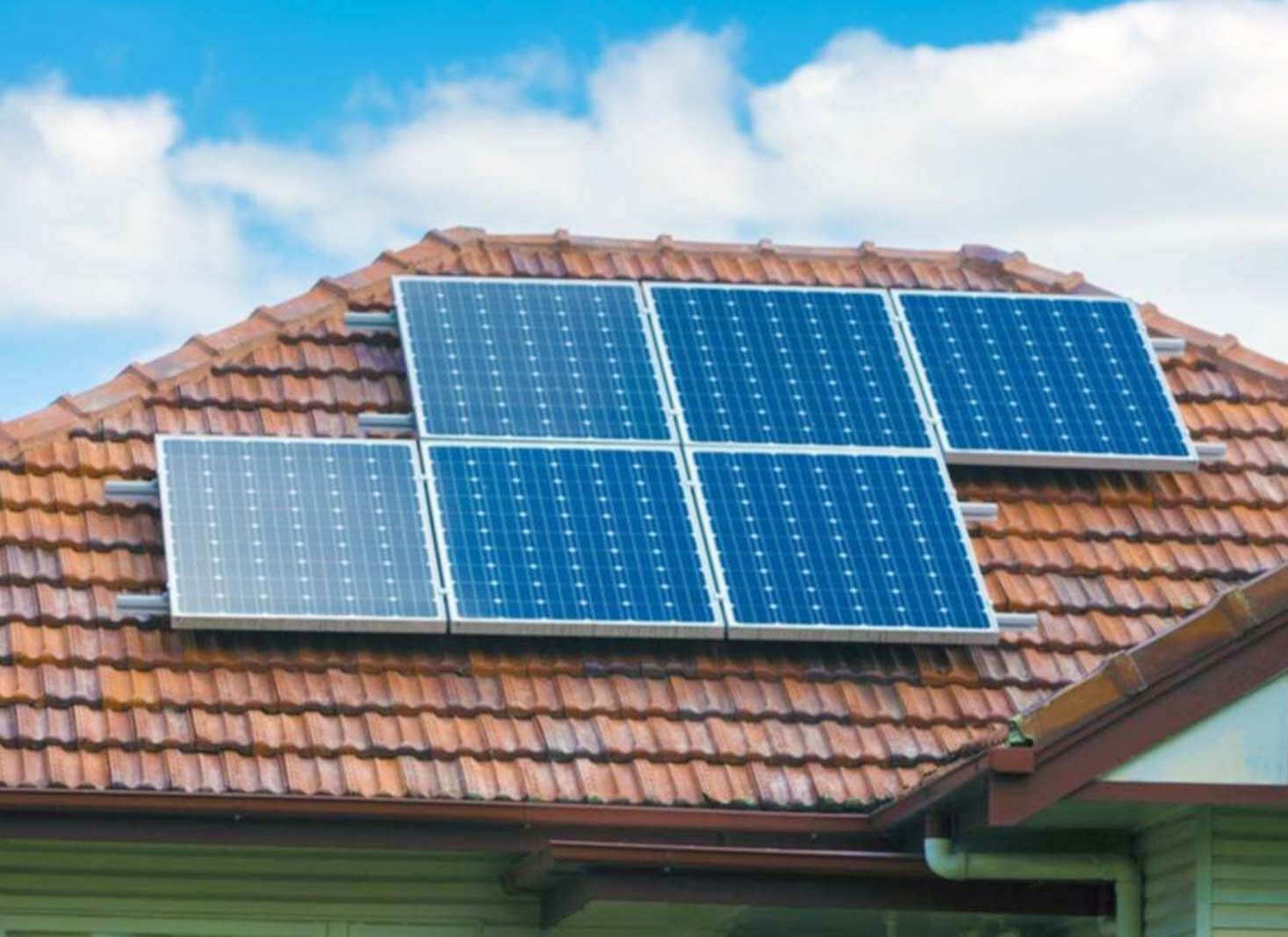1.5kW Solar System: Cost, Rebates, Output and Payback in 2024
Back in the day, from 2011 to 2013, Aussies looking to slash their electricity costs were all about getting a 1.5 kW solar setup. But, flash forward to today, and it’s the bigger solar systems that are grabbing all the attention. Still, it’s crucial not to overlook the smaller systems – they’re ace at reducing those pesky power bills.
In this comprehensive guide, we will delve into the specifics of a 1.5 kW solar system, such as its energy production, costs, and financial benefits, to help you decide whether a 1.5 kW solar system is a suitable investment for your home. So, let’s embark on this solar-powered journey together!
Table of Contents
ToggleShort Summary
- A 1.5 kW costs approximately $3,286 on average, with rebate and GST included
- A 1.5kW solar system is a cost-effective and efficient option for homeowners, producing an average of 5.5-6.5kWh daily with potential financial savings from reduced energy bills and revenue generation via feed-in tariffs.
- Factors such as shading, roof orientation, pitch temperature & dirt can affect the system’s efficiency. Seasonal output variations exist but can be minimised through installation & maintenance.
How much does a 1.5 kW solar PV system cost?
A 1.5 kW solar system costs $3,286 on average, ranging between $3,100 and $3,400. This cost includes the government rebate and GST. Lower-quality panels can cost about $550.
The actual cost of the system will depend on your location, quality and brand of the solar panels.
It is recommended to obtain quotes from local installers to gain an accurate understanding of the cost of a 1.5 kW solar power system and to discover what rebates and incentives are available in your region.
The following table provides you with the average costs of a 1.5 kW solar system in Australia by location.
| State | Gross Cost (before rebate) | Net Cost (after rebate) |
|---|---|---|
| New South Wales | $3,836 | $3,286 |
| Tasmania | $3,836 | $3,364 |
| Victoria | $3,836 | $3,364 |
| Australian Capital Territory | $3,836 | $3,286 |
| Western Australia | $3,836 | $3,286 |
| Northern Territory | $3,836 | $3,207 |
| Queensland | $3,836 | $3,168 |
| South Australia | $3,836 | $3,286 |
What size of inverter will you need for a 1.5 kW solar system?
When sizing your inverter system, it is recommended to choose a size slightly smaller or larger than your solar system. In this case, a 1.5 kW solar array can be installed with an inverter that has an AC output of around 1.13 kW.
Inverters have different specifications, and some may allow you to put on more solar panels than their rated capacity. While this may be possible, it does not mean you should do it, as you may lose your eligibility for government STC incentives.
Government rebates and incentives for a 1.5 kW solar system
The Federal Government’s STCs (small-scale technology certificates) scheme offers a financial incentive for households and businesses to install solar systems, providing a one-time payment determined by the amount of electricity generated by the solar system.
By taking advantage of these incentives, you can further reduce the cost of your solar system and enhance the overall return on your investment.
A 1.5 kW solar system can qualify for a rebate of approximately $550 on average. The exact rebate you can get will depend on your location or STC zone, as each zone is awarded a certain number of certificates depending on the amount of solar radiation it receives. There are typically 4 STC zones in Australia.
Here is a table showing how much rebate each zone can get.
| STC zone | City | STC Rating | Number of STCs | Rebate Amount |
|---|---|---|---|---|
| 1 | Townsville, Darwin | 1.622 | 17 | $668 |
| 2 | Alice Springs | 1.536 | 16 | $629 |
| 3 | Perth, Canberra, Adelaide, Brisbane, Sydney | 1.382 | 14 | $550 |
| 4 | Melbourne | 1.185 | 12 | $472 |
Note: The current STC price stands at $39.30
Learn more about solar STCs here.
How much power does a 1.5 kW solar system generate per day?

When considering a 1.5 kW solar power system, it is essential to understand the amount of electricity it can generate. On average, a 1.5 kW solar system can produce between 5.5 kWh and 6.5 kWh of electricity daily, with an average of 6 kWh, depending on various factors such as local climate, shading, and panel orientation. This makes it a great source of clean energy for your home or business.
The following table shows how much power a 1.5 kW solar system generates by location.
| City/State | Daily Power Production (kWh) | Annual Power Production (kWh) |
|---|---|---|
| Brisbane, QLD | 6.30 | 2,300 |
| Sydney, NSW | 5.85 | 2,135 |
| Perth, WA | 6.60 | 2,409 |
| Melbourne, VIC | 5.40 | 1,971 |
| Adelaide, SA | 6.30 | 2,300 |
| Hobart, TAS | 5.25 | 1,916 |
| Canberra, ACT | 6.45 | 2,354 |
| Darwin, NT | 6.60 | 2,409 |
Factors affecting the output and efficiency of a 1.5 kW solar system

The efficiency of a 1.5 kW solar system is influenced by factors such as:
- Local climate and weather conditions
- Nearby shading
- Tilt and orientation of the panels
- Quality of the panels and components
- Roof orientation and pitch
For optimal energy production, solar panels should be oriented towards the sun, and shading should be minimised as much as possible since any obstruction can diminish the amount of energy generated.
North-facing roofs are ideal for solar panel installation in Australia, as they receive the most sunlight throughout the day. However, even if your roof isn’t north-facing, a 1.5 kW solar system can still generate a significant amount of electricity, contributing to reduced energy bills and a smaller carbon footprint.
Additionally, choosing good-quality solar panels and inverters, maintaining clean panels, and ensuring the appropriate roof pitch for your location can significantly influence the overall efficiency of your solar system.
Seasonal output variations for a 1.5 kW solar PV system
Energy production from a 1.5 kW solar system will vary between the summer and winter months. During the summer, energy production is expected to be higher due to increased sunlight exposure, whereas in the winter, it is anticipated to be lower. Factors such as temperature and shading can impact the amount of energy produced during these months.
How many solar panels do I need for a 1.5 kW solar system?
For a 1.5 kW system, you would typically need six 250-watt solar panels or five 300-watt solar panels. There are several other solar panel sizes that can make up a 1.5 kW solar system. These include:
- 330W x 5 (solar panels) = 1.65kW
- 350W x 4 (solar panels) = 1.40kW
- 370W x 4 (solar panels) = 1.48kW
- 390W x 4 (solar panels) = 1.56kW
- 400W x 4 (solar panels) = 1.60kW
- 420W x 4 (solar panels) = 1.68kW
- 450W x 3 (solar panels) =1.35kW
- 480W x 3 (solar panels) = 1.44kW
- 500W x 3 (solar panels) = 1.50kW
Roof space requirements for a 1.5 kW solar system
Typically, solar panels measure between 1.6m x 1.0 m (1.6 m2) and 1.7m x 1.0m (1.7 m2). So, a 1.5 kW solar system with six 250W solar panels would require at least 9.6 to 10.2 square metres of roof space for installation.
Calculations:
1.6 x 6 (panels) = 9.6 m2 of roof space
1.7 x 6 (panels) = 10.2 m2 of roof space.
If you use five 300-watt solar panels, you will need about 8 to 8.5 square metres of roof space.
Financial benefits of a 1.5kW solar system

The potential savings from a 1.5 kW solar system are contingent upon the rate of remuneration and the quantity of electricity fed back into the system. The payback period of a 1.5 kW solar system is typically determined by the applicable feed-in tariff for exported power in most states in Australia, which is 8 cents per kWh.
By generating your solar electricity, you can significantly reduce your reliance on grid power and save money on your energy bills.
The revenue generated from a 1.5 kW solar system is contingent upon the average cost per kWh for grid power in Australia, which is 30 cents per kWh.
How much can a 1.5 kW solar system save me?
On average, you can save up to $50 per month with a 1.5 kW system. However, the savings may be substantially reduced if most of the energy the system generates is exported back to the grid. This means you will have more savings if you use most of the electricity your solar system generates.
Here are examples for better understanding:
- If you use all the power your solar system generates, you will save up to $650 at the end of the first year, and lifetime savings of $15,525.
- If you use 50% of the electricity you generate and export 50% to the power grid, you will save about $350 at the end of the first year.
- If you export all the electricity your solar system generates to the grid, you will save about $150 at the end of the first year.
In certain circumstances, a 1.5 kW solar system may provide superior returns compared to larger systems, making it an appealing choice for homeowners with limited roof space or energy usage requirements.
What is the payback period for a 1.5 kW solar system
The payback period for a 1.5 kW solar system is 4 years on average, but this will depend on the feed-in tariffs of your region and your energy consumption. 1.5 kW solar systems are relatively expensive for their size, so it is essential to use as much of the power your system generates as possible to maximise its revenue generation and payback period.
The following shows the average payback periods and IRR (internal rate of return) for the 1.5 kW solar system in Australia’s capital cities.
Indicative returns for a 5 kW solar system
| City | 1.5 kW solar system cost | Self consumption rate | Internal rate of return | Annual savings | Payback period |
|---|---|---|---|---|---|
| Sydney | $3,200 | 70% | ~15% | ~$500 | ~6.1 years |
| 100% | ~20% | ~$640 | ~4.9 years | ||
| Brisbane | $2,900 | 70% | ~18% | ~$540 | ~5.2 years |
| 100% | ~24% | ~$690 | ~4.1 years | ||
| Melbourne | $3,300 | 70% | ~14% | ~$480 | ~6.5 years |
| 100% | ~19% | ~$610 | ~5.2 years | ||
| Perth | 2,300 | 70% | ~26% | ~$580 | ~3.9 years |
| 100% | ~33% | ~$740 | ~3.1 years |
*Assumptions:
- 25 c/kWh electricity consumption per day and electricity from the grid costs 25 c/kWh.
- The home uses 70% or 100% of the power generated by their solar system.
- 85% system efficiency
- Feed-in tariff rate is 8 c/kWh
What is the ideal Household Size for a 1.5kW Solar System

The primary determinant of the ideal household size for a 1.5kW solar system is the energy consumption of the household. A 1.5 kW solar system is suitable for a small house, particularly a unit with minimal energy needs.
For example, this system is suitable for households with 1–2 occupants or retired couples that use between 4.1 kWh and 12 kWh of energy per day. By tailoring the solar system to the household’s specific needs, homeowners can maximize the financial and environmental benefits of their investment.
Can a 1.5 kW solar system power a house?
A 1.5 kW solar system generates about 6 kWh of energy per day, which is enough to run a third (33.33%) of an average Australian home. If you have a highly efficient home, this system may provide up to 100% of the energy required.
2 kW solar system with battery price
The energy output of a 1.5 kW solar system is 6 kWh per day. In this case, a battery with a capacity of 4.2 kWh would be ideal.
Battery systems cost about $800 to $2,000 per kWh in Australia. So, a 4.2 kWh solar battery would cost between $3,360 and $8,400, but the actual cost will depend on the quality, brand, and type of the battery.
A 1.5 kW solar system with a battery will therefore cost between $6,460 and $11,500.
Maintenance and upgrades of a 1.5 kW solar power system

To ensure optimal performance, solar panels should be cleaned at least annually with a soft cloth or sponge and mild soap or water. Avoid using any materials or chemicals that could potentially damage the panels. Regular solar system maintenance will help maximize its efficiency and prolong its lifespan.
If you decide to upgrade to a larger system in the future, there are several options available. You can augment the existing system with additional solar panels by either substituting existing panels with larger ones or supplementing the existing system with extra panels.
Other possibilities include replacing the current inverter with a larger one or installing a battery storage system to further enhance your solar system’s capabilities.
Compare Solar Panel Quotes
Table of Contents
Toggle









